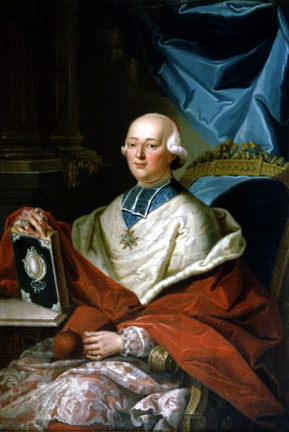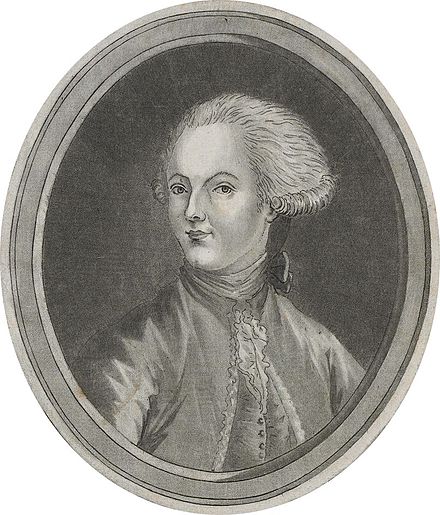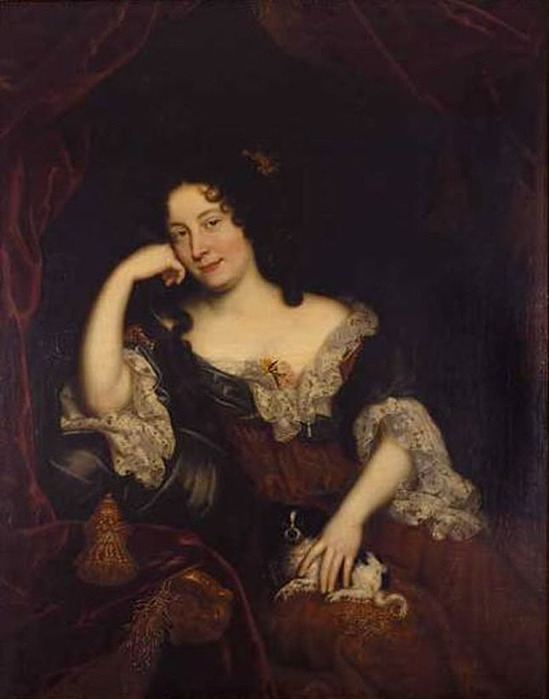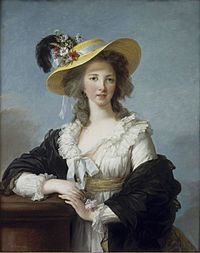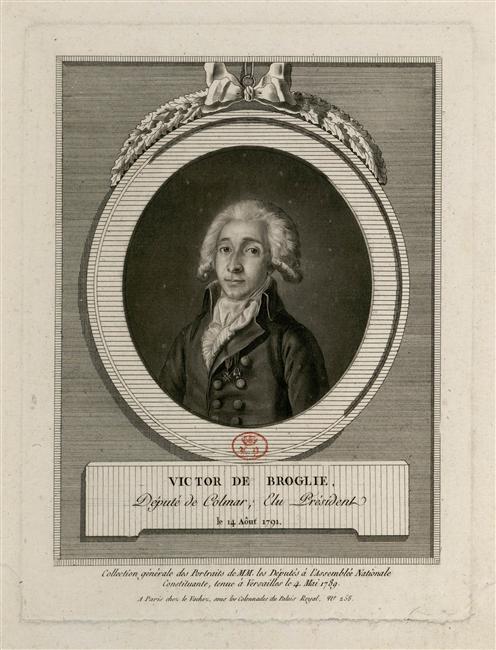The errors and facts underneath are more concerned with inaccuracies with the court than with inventions/time.
Historical Inaccuracies:
- Marie Antoinette is introduced to the Comtesse de Provence although the Comtesse had not yet even arrived at court. She would be married in 1771 and as such would not have been at Versailles when Marie Antoinette arrived in 1770
- The transfer of Marie Antoinette happened on the island near Kehl. Therefore, when ambassador Mercy informs her that she has arrived at Shuttern he is mistaken. The Archduchess spent a few days in the town of Shuttern before entering French soil.
- The first "Bourbon born in his generation" is not the son of the Comte and Comtesse de Provence. The Duc d'Angoulême was the son of the Comte d'Artois. The Comte and Comtesse de Provence never had child.
- Marie Antoinette's birthday party is celebrated in the midst of summer flowers but she was born in November
- The entire Affair of the Diamond Necklace is left out
- While at Petit Trianon Marie Antoinette is seen having a very sensual affair with Count Fersen. Historical evidence considered, it is unlikely that the two ever had a physical love affair
What the movie got right:
- Although Kirsten Dunst's underwear can be seen if you really look closely when she is wearing her chemise, the movie attempts to make it looks as if she was naked underneath. This would indeed have been the case in the 18th century.
Trivia:
- In the scene when Marie Antoinette's portrait with her children is exchanged there is a vital difference. The young Princesse Sophie died shortly after being born which is why the baby in the crib is missing on the second portrait - she was painted out.
- The Converse shoes seen in the "shopping montage" is put there deliberately. Sophia Coppola had them put there to remind the audience that the young queen was still a teenager
- Some people consider it a mistake that the dress Marie Antoinette wears when she gets into the carriage in Vienna is blue but the dress at the transfer ceremony is white. This is not a mistake. The journey took several days and she would have changed dresses.
- It is also on purpose that the movie ends with the beginning of the revolution. Sophia Coppola meant to show the life of Marie Antoinette before the revolution.



